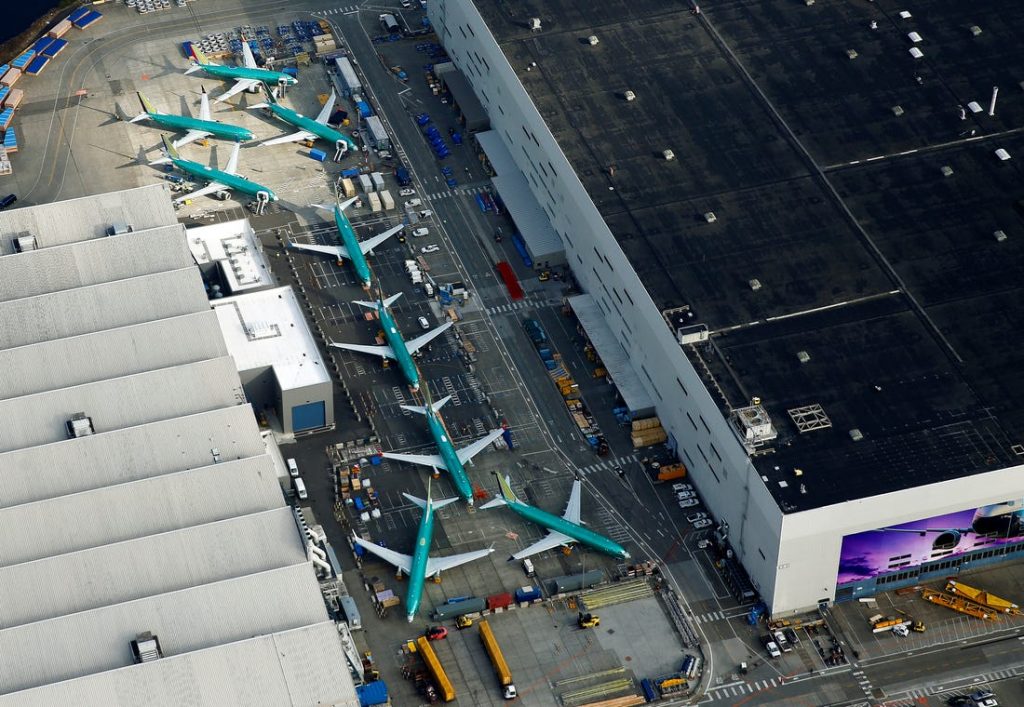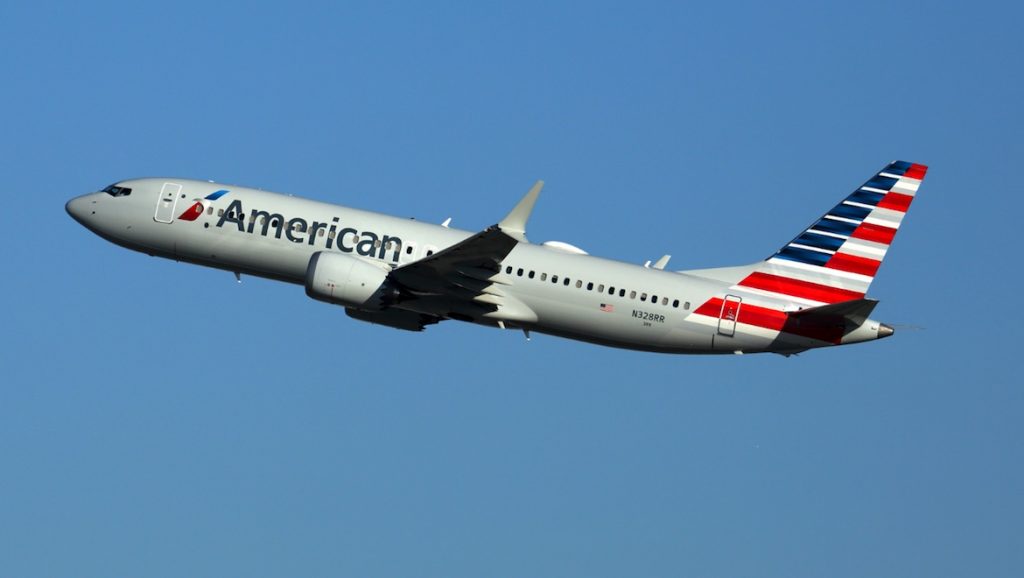Boeing has reportedly embarked on a hiring spree as it prepares to reintroduce grounded 737 MAX aircraft from mid-2020.
On 13 Dec 2019, the planemaker welcomed 115 new mechanics and assembly-line workers to its Pacific north-west manufacturing hub.
Another 122 new employees started on 10 January, and 143 the week after that, while only 31 machinists left the company that month.

All told, union figures show Boeing hired 730 workers, a figure that is almost entirely net additions, according to IAM District 751, the company’s biggest labour union.
It’s a big gamble. Boeing executives currently plan to restart the factory in the next couple months, on the expectation that by around mid-year regulators will lift the flight ban they imposed on the MAX in early 2019 following two deadly crashes.
If Boeing’s timetable proves too optimistic, as its earlier predictions have, the costs will pile up – not just from the new hires, but also from the 3,000 other MAX assembly workers the company has kept on the payroll since shutting down production.
To make matters worse, the push to ramp output back up comes just as concern is mounting that the coronavirus will curb air travel and dissuade airlines from taking the planes they’ve already ordered – let alone buying new ones.
Boeing’s stock was hard hit in last week’s global equity sell-off, sinking 17 per cent. It’s now down 37 per cent over the past year.
Once Boeing starts to emerge from the MAX crisis, it will need the extra employees to mount a commercial comeback for the plane – both in the factory and in the parking lots where the company and airlines have stored about 800 aircraft.
Without the new workers, labour shortages could disrupt Boeing’s production and enable Airbus to widen its lead in the crucial market for single-aisle jets.
There are already signs that some of Boeing’s suppliers are preparing to snap out of their hibernation. Spirit AeroSystems, which jettisoned 3,200 jobs because of the production pause, said last week that it would resume making 737 MAX fuselages for Boeing this month.
In the middle of March, with the MAX’s grounding hitting the one-year mark, Boeing chief executive Dave Calhoun is expected to speak before suppliers.
Uncertainty and financial strain are starting to pile up at the partsmakers, posing another risk to Boeing.
While Boeing is spending heavily in anticipation of a MAX comeback, it’s far from certain when or whether the strategy will pay off. The Chicago-based planemaker projected in January that it will absorb about $4 billion in “abnormal” costs related to the production halt, primarily in 2020. That’s on top of the $14.6 billion in other MAX costs outlined by the company.
About 200 of the machinists hired by Boeing since December have been assigned to the 737 MAX program, according to the company.
More of the newcomers may be needed when Boeing starts up its 737 factory and the thousands of workers who have been lent to other programs “go back on the line”, said Ken Herbert, an analyst with Canaccord Genuity.
The recent MAX hires are primarily tending to newly built planes that Boeing can’t deliver until the grounding ends. The parked narrow-body jets – taped up against the elements in storage lots in Texas and California as well as the Seattle area and an eastern Washington airport in Moses Lake – represent about $20 billion of inventory for Boeing.
Inside the 737 factory in Renton, the east and west final assembly lines have been empty since Boeing rolled out the last MAX in January. There are still aircraft on the centre line, frozen in place since production was shut down.

Engineers and mechanics are using that as a lab to study every step in making the plane to discern how the manufacturing flow can be streamlined and improved, Alder said. For example, the toolkits have been matched to the work that will be performed by every mechanic along the line for each two-hour segment of their day.
Boeing said in a statement, “We’ve maintained our staffing levels on the 737 program to focus on factory initiatives, while temporarily assigning some employees.”
But getting the MAX production back into high gear will involve a delicate balancing act since Boeing won’t want to add to its inventory of 400 or so planes built during the grounding and never shipped to customers.
Then there’s the risk of disruption as the 600 suppliers who provide parts and structures for the MAX make their own calculations as to when the plane will return – and whether they’ll be able to stay afloat until then.
Especially hard hit are smaller operators whose working capital was clipped when Boeing adopted 120-day payments several years ago, said aerospace consultant Kevin Michaels.
The Tacoma, Washington-based company has built a new factory that more than doubles its footprint to 80,000 square feet and invested in automation.
Now it is waiting for the payoff: a chance to rapidly scale its work on Boeing jets such as the MAX and the 777X, which is months behind schedule.
Additional reporting by airlinerwatch.com










